ASCII (/ˈæskiː/ (listen) ASS-kee), abbreviated from American Standard Code for Information Interchange, is a character encoding standard for electronic communication. ASCII codes represent text in computers, telecommunications equipment, and other devices. Because of technical limitations of computer systems at the time it was invented, ASCII has just 128 code points, of which only 95 are printable characters, which severely limited its scope. All modern computer systems instead use Unicode, which has millions of code points, but the first 128 of these are the same as the ASCII set.
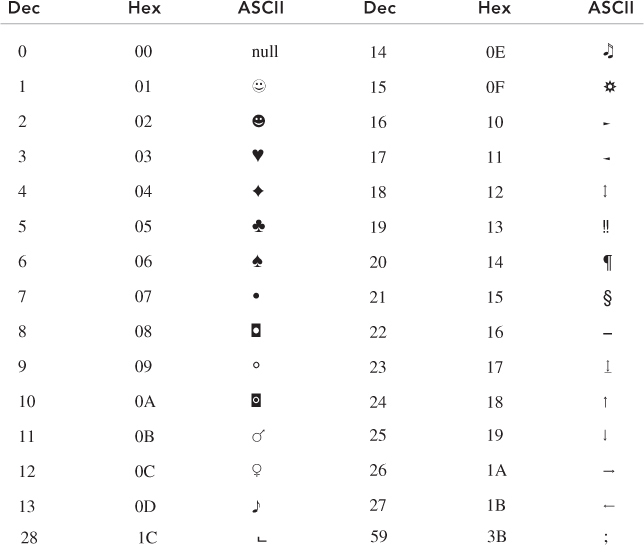
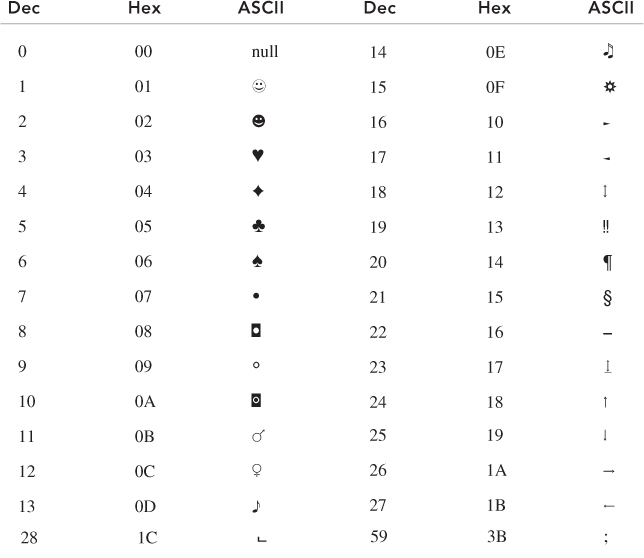
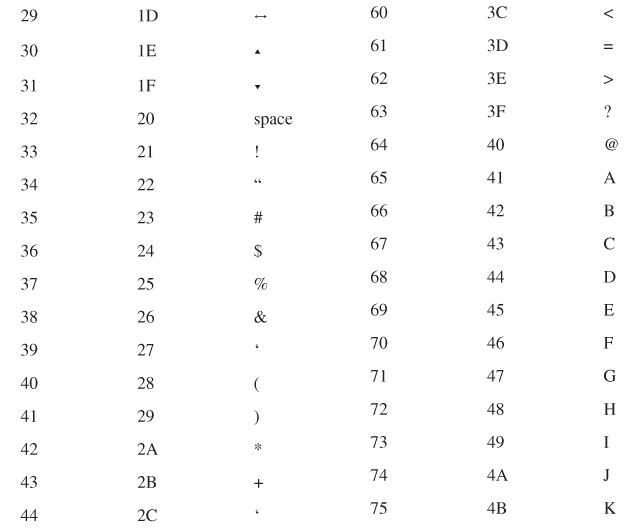
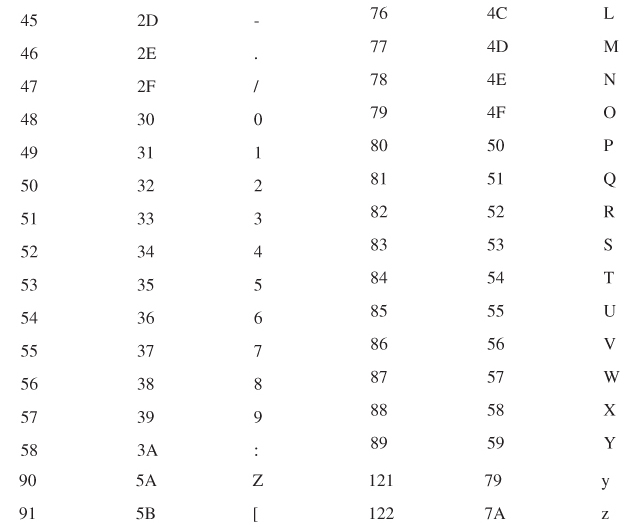

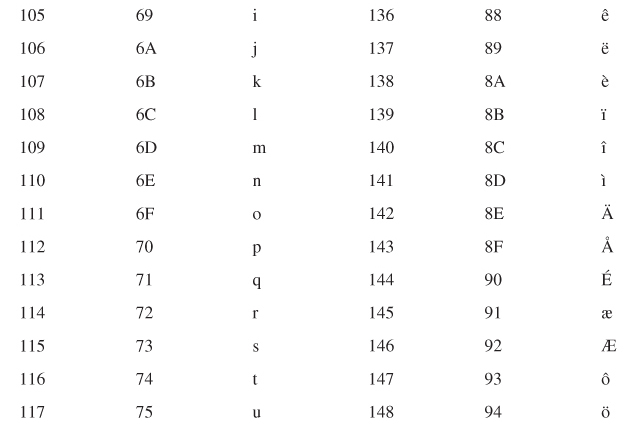


ASCII was first used commercially during 1963 as a seven-bit teleprinter code for American Telephone & Telegraph’s TWX (TeletypeWriter eXchange) network. TWX originally used the earlier five-bit ITA2, which was also used by the competing Telex teleprinter system. Bob Bemer introduced features such as the escape sequence. His British colleague Hugh McGregor Ross helped to popularize this work – according to Bemer, “so much so that the code that was to become ASCII was first called the Bemer–Ross Code in Europe”. Because of his extensive work on ASCII, Bemer has been called “the father of ASCII”.
ASCII was developed from telegraph code. Its first commercial use was as a seven-bit teleprinter code promoted by Bell data services. Work on the ASCII standard began in May 1961, with the first meeting of the American Standards Association’s (ASA) (now the American National Standards Institute or ANSI) X3.2 subcommittee. The first edition of the standard was published in 1963, underwent a major revision during 1967, and experienced its most recent update during 1986. Compared to earlier telegraph codes, the proposed Bell code and ASCII were both ordered for more convenient sorting (i.e., alphabetization) of lists and added features for devices other than teleprinters.
The use of ASCII format for Network Interchange was described in 1969. That document was formally elevated to an Internet Standard in 2015.
Originally based on the (modern) English alphabet, ASCII encodes 128 specified characters into seven-bit integers as shown by the ASCII chart above. Ninety-five of the encoded characters are printable: these include the digits 0 to 9, lowercase letters a to z, uppercase letters A to Z, and punctuation symbols. In addition, the original ASCII specification included 33 non-printing control codes which originated with Teletype machines; most of these are now obsolete, although a few are still commonly used, such as the carriage return, line feed, and tab codes.
For example, lowercase i would be represented in the ASCII encoding by binary 1101001 = hexadecimal 69 (i is the ninth letter) = decimal 105.
Despite being an American standard, ASCII does not have a code point for the cent (¢). It also does not support English terms with diacritical marks such as résumé and jalapeño, or proper nouns with diacritical marks such as Beyoncé.
On March 11, 1968, US President Lyndon B. Johnson mandated that all computers purchased by the United States Federal Government support ASCII, stating:
I have also approved recommendations of the Secretary of Commerce [Luther H. Hodges] regarding standards for recording the Standard Code for Information Interchange on magnetic tapes and paper tapes when they are used in computer operations. All computers and related equipment configurations brought into the Federal Government inventory on and after July 1, 1969, must have the capability to use the Standard Code for Information Interchange and the formats prescribed by the magnetic tape and paper tape standards when these media are used.
ASCII was the most common character encoding on the World Wide Web until December 2007, when UTF-8 encoding surpassed it; UTF-8 is backward compatible with ASCII.